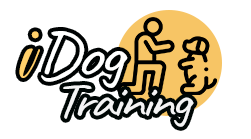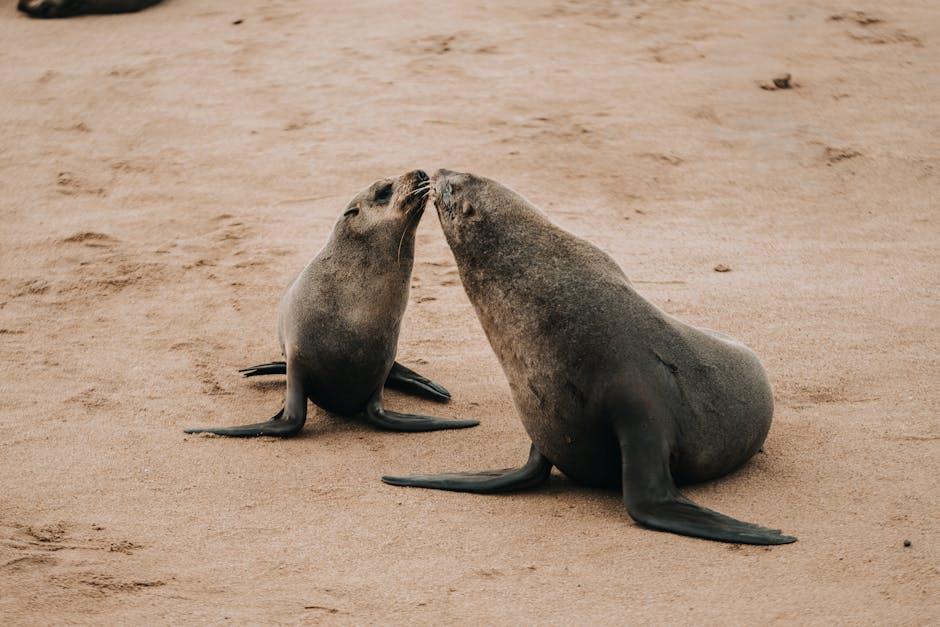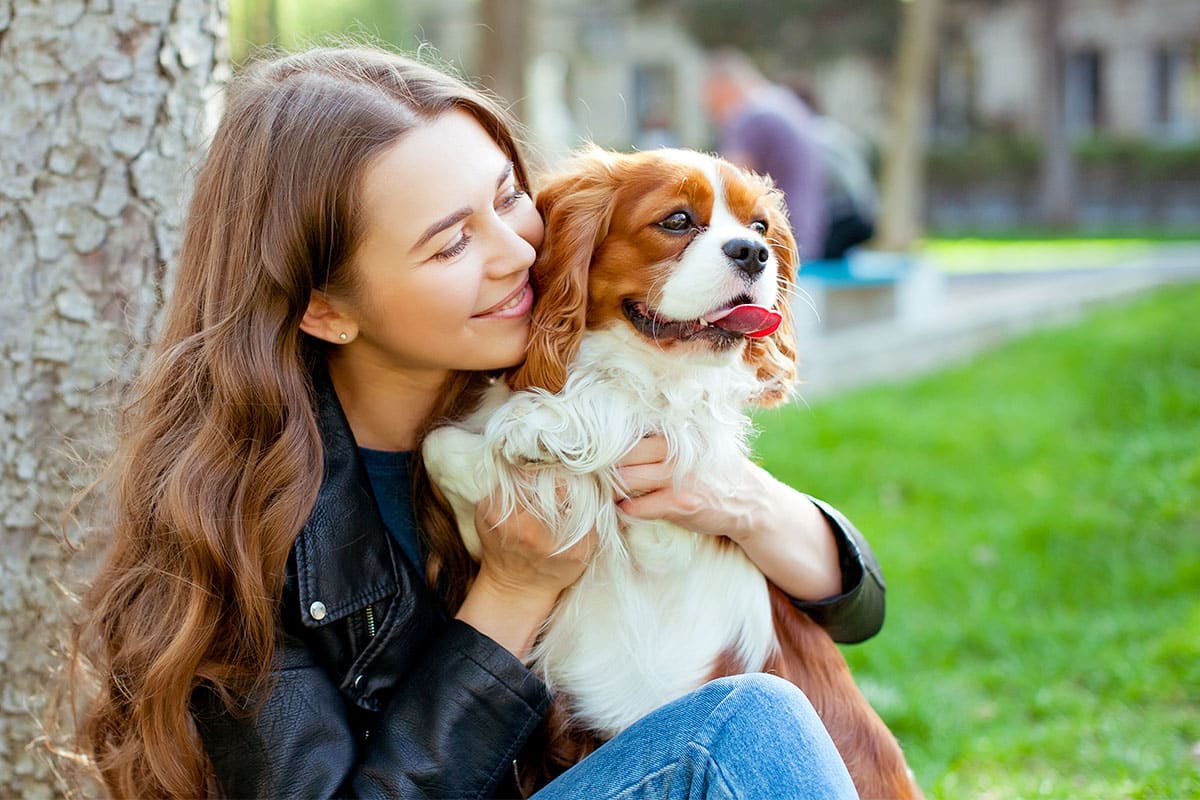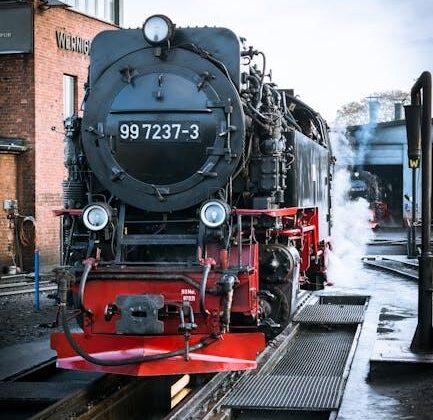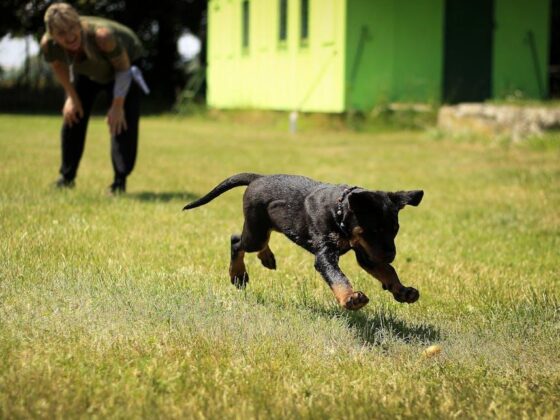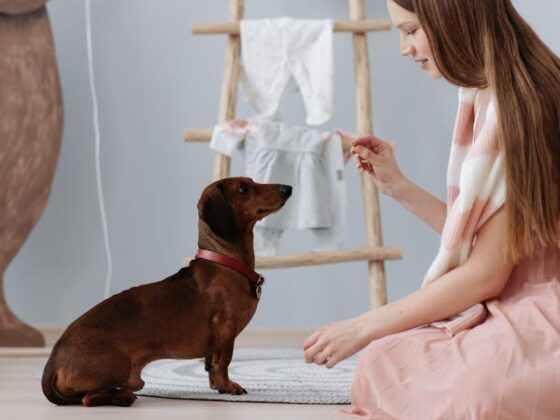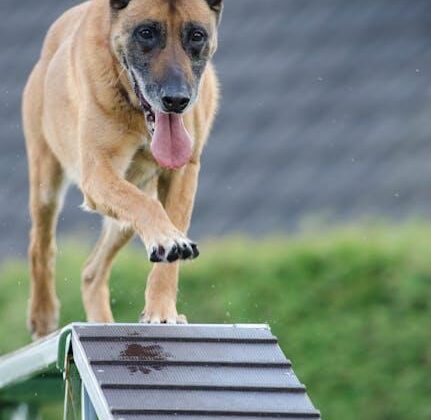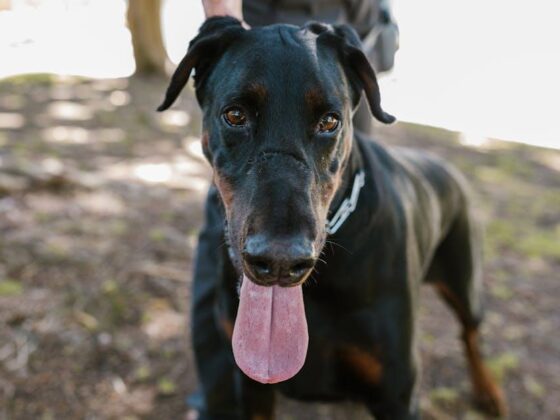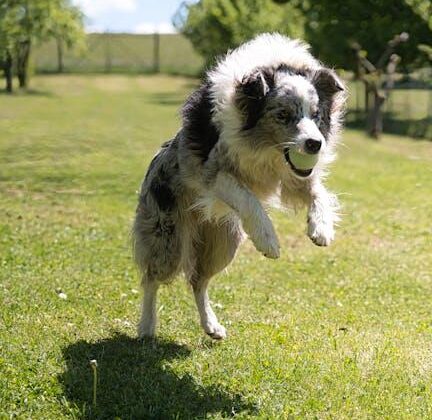Hey there, fellow dog lovers! 🐶 Whether you’ve just welcomed a wiggly pup into your home or you’re still daydreaming about the day you’ll take the plunge, getting to know the world of dog training can feel like a whole new game. Let’s be honest—raising a happy, well-mannered pooch is a bit like navigating a delightful maze of tail wags, slobbery kisses, and the occasional chewed-up shoe. But don’t worry! You’re not alone in this adventure! In this blog post,we’ll break down some essential dog training tips that are perfect for beginners. From the basic commands every pup should learn to the importance of socialization (and yes, reward treats—lots of those!), we’ve got you covered. So grab a comfy seat, maybe a snack (just be sure to save some treats for your furry freind!), and let’s dive into the paws-itively exciting world of dog training together! 🐾✨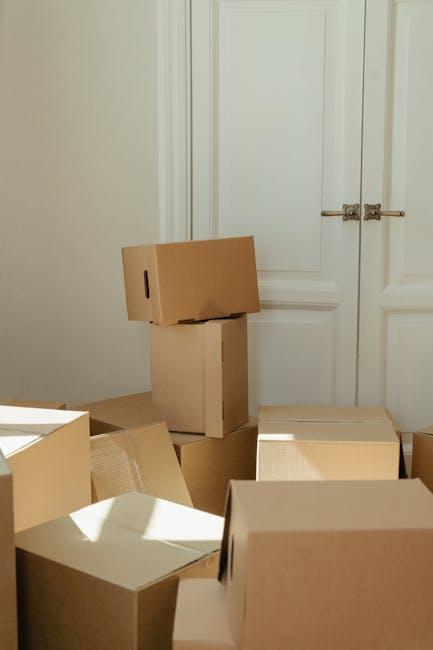
Getting Started with Basic Commands for Your New Pup
When welcoming a new pup into your home, getting started with their training is essential for a happy coexistence. Basic commands create a foundation for good behavior and communication. here are some vital commands to teach your furry friend:
- Sit: An easy command to start with. It helps in calming your dog.
- Stay: This command encourages your dog to remain in one spot, which can be crucial in many situations.
- Come: A lifesaver for getting your dog’s attention, especially during walks in distracting environments.
- Down: Great for teaching dogs to relax and settle down.
To make the training effective, consistency and positive reinforcement are key. use treats, praise, or playtime as rewards to encourage your pup when they successfully follow a command. Here’s a quick reference table for maintaining a training schedule:
| Day | Command to Practice | Duration |
|---|---|---|
| 1 | Sit | 10 mins |
| 2 | Stay | 10 mins |
| 3 | Come | 5 mins |
| 4 | Down | 10 mins |
| Daily | Review All | 5-10 mins |
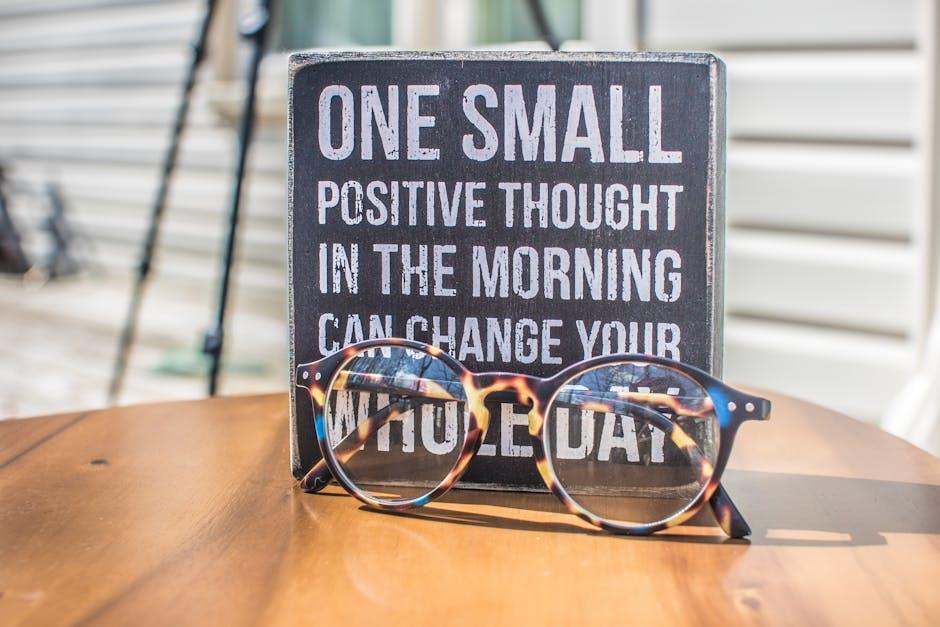
Creating a Positive Training Environment at Home
Creating the right atmosphere for training your furry friend can make all the difference in their learning experience. A calm and positive environment is essential to keep your pup engaged and eager to learn. Make sure the training space is free from distractions, such as loud noises or other pets that might steal their attention. Here are a few tips to set up an ideal training atmosphere:
- Choose a quiet space: Find a spot in your home with minimal foot traffic where your pup can concentrate.
- Use positive reinforcement: Treats, praise, and playtime should be the rewards for good behavior.
- Be patient: Remember that every dog learns at their own pace; celebrate small victories!
Along with the physical space, your attitude can significantly impact the training process. If you’re excited and enthusiastic, your dog is likely to mirror that energy. Establish a routine that your pup can look forward to, which encourages a sense of security and anticipation for learning. You might consider implementing the following practices to further enhance the training experience:
- Consistent timing: Have daily training sessions at the same time to build a habit.
- Short sessions: Keep training intervals to around 5-10 minutes to maintain focus and prevent burnout.
- Fun is key: Incorporate games and playful activities to keep things light-hearted and enjoyable!
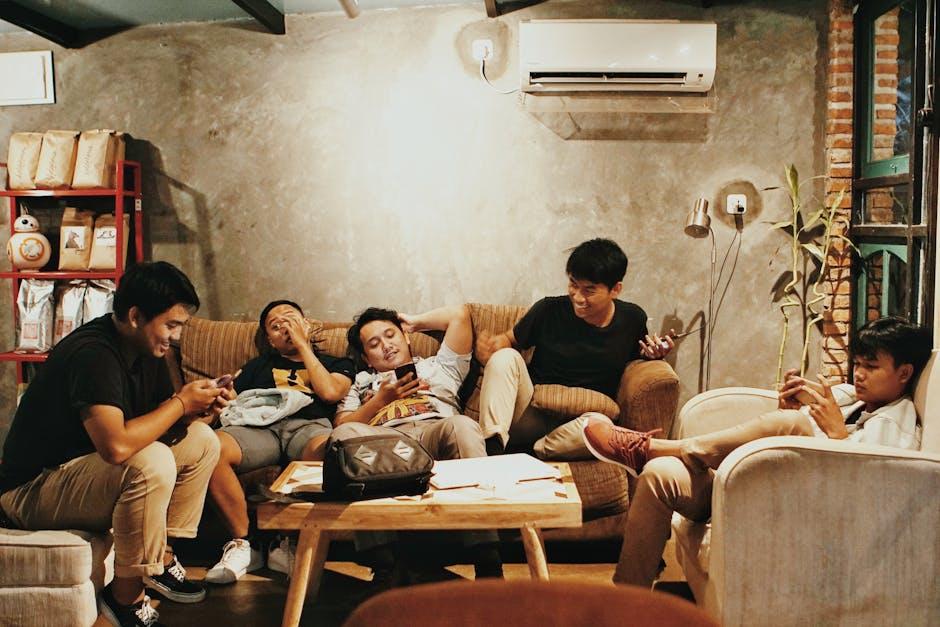
Socializing your furry friend is essential to their happiness and well-being. Start by introducing them to a variety of environments, people, and other animals. This not only builds their confidence but also helps them learn how to interact positively with others. Here are a few tips to get you started:
- Take small steps: Begin with familiar places and gradually introduce your pup to busier areas.
- Use positive reinforcement: Reward your dog with treats and praise for calm behavior around new experiences.
- Join puppy classes: These classes offer a controlled environment for your pup to meet new friends.
- Playdates are key: Organize playdates with amiable, vaccinated dogs to help them build social skills.
Always remember to monitor your dog’s body language. Signs of stress may include tail tucking,excessive barking,or hiding. It’s vital to be patient and allow your pup to set their own pace. If they seem overwhelmed, take a step back and try again later. Here’s a quick reference table for recognizing signs of discomfort during socialization:
| Sign | What It Means |
|---|---|
| Tail Tucked | Feeling scared or anxious |
| Excessive Barking | Trying to withdraw from the situation |
| Hiding | Overwhelmed, needs space |
| Yawning | Calming signal, stressed |
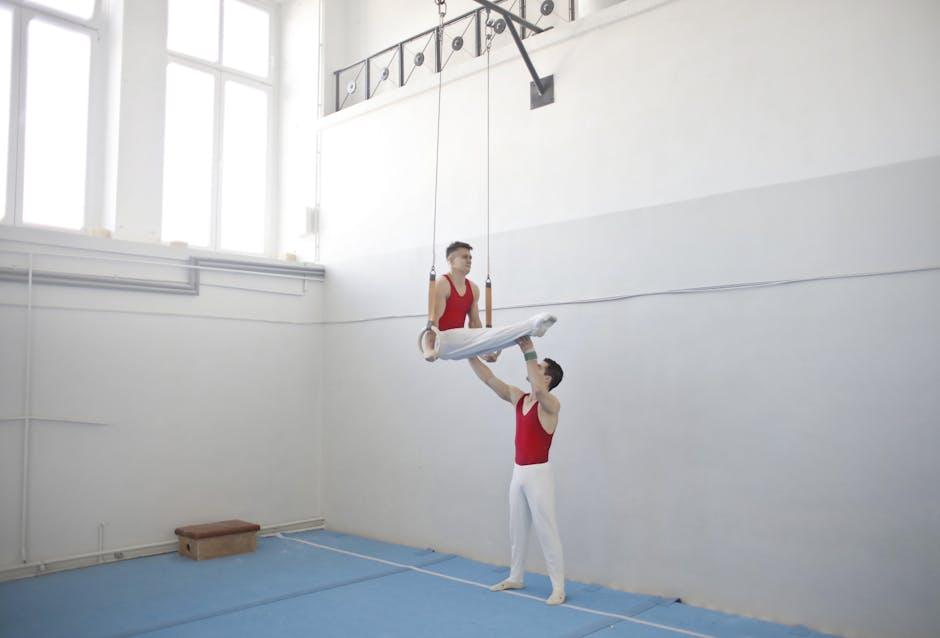
common Mistakes to Avoid When Training Your Dog
When diving into dog training, even the most well-meaning owners can stumble into some common traps. One major blunder is skipping consistent commands. If you use a different word for the same action every time, your pup will be confused. Stick to a set list of commands, like “sit”, “stay”, and “come”, and always use them the same way. Another pitfall is failing to keep training sessions short and engaging.Dogs can lose focus quickly; instead of lengthy sessions, aim for 5 to 10 minutes of fun, focused training with plenty of praise and treats. This way, they stay excited about learning!
Another mistake is neglecting socialization.Your dog needs to experience different people, places, and other animals to become well-adjusted. Limit exposure and they might grow up to be anxious or aggressive. Ensure you expose your furry friend to varied environments in a controlled manner. Lastly, using negative reinforcement can be detrimental. Shouting or punishment can lead to fear and anxiety, damaging trust. Instead, focus on rewarding positive behaviors and redirecting the negative ones, creating a trusting and upbeat dynamic with your pup.
Q&A
Q&A About Dog Training for New Pup Parents
Q: I just brought home my first puppy! Where do I start with training?
A: congrats on your new furry friend! Start with the basics: establish a consistent routine for feeding, potty breaks, playtime, and bedtime. Puppies thrive on routine, and it makes potty training way easier. Don’t forget to use positive reinforcement—treats and praise go a long way!
Q: How can I teach my puppy to sit? It seems simple, but I’m struggling!
A: Teaching “sit” is easier than you think! use a treat and hold it close to your pup’s nose. Then, move your hand up, allowing his head to follow the treat and causing his bottom to lower. As soon as he sits, say “yes!” and give him the treat.Repeat this several times, and soon enough, he’ll be a sitting pro!
Q: How do I handle potty training without losing my mind?
A: Patience is key! Take your pup out after meals, playtime, and naps—basically, every time you expect them to need to go. When they do their business outside, give them lots of praise! Accidents will happen, but don’t punish them; just clean it up and take them outside more frequently. Consistency is the name of the game!
Q: My puppy won’t stop biting me! Is this normal?
A: Totally normal! Puppies explore the world with their mouths. However,you want to teach them that your hands (and anything that’s not a toy) are off-limits. When they bite, let out a yelp like it hurts, and stop playing for a minute. Then give them a toy to chew on. This way, they learn what’s okay to bite and what isn’t.
Q: how do I get my pup to stop barking at everything?
A: Barking is common, especially with puppies who are curious about their environment. Try to figure out what triggers the barking. Distract them with a toy or a treat when they start barking before they can get to worked up. Teaching a “quiet” command can definitely help, too—when they stop barking, reward them!
Q: Any tips for socializing my puppy?
A: Socialization is super critically important! Aim for controlled environments first, like puppy classes or playdates with vaccinated dogs. Expose your pup to different sights, sounds, and people safely. The goal is to make these experiences positive,so plenty of treats and praise are essential when they encounter something new.
Q: When should I start training, and how often should I train?
A: Start training as soon as you bring your puppy home! Short, fun sessions of about 5-10 minutes are perfect for keeping their attention. Aim for a few of these sessions throughout the day. Gradually increase the duration as they get older and more focused.
Q: I’m worried I won’t be able to train my puppy without professional help. Should I hire a trainer?
A: There’s no shame in asking for help! If you feel overwhelmed or unsure, a professional trainer can provide invaluable guidance. Look for trainers who use positive reinforcement techniques. They can teach you and your pup essential skills and help you both build a strong bond.
Q: Any final words of wisdom for new puppy parents?
A: Enjoy every minute! Puppies grow up fast, and training is an amazing way to bond with your new best friend. Be patient, be consistent, and have fun with it. And don’t forget—puppy cuddles are the best training reward of all! 🐾❤️
Key Takeaways
And there you have it, folks! Bringing a new pup into your life is an adventure like no other, and while it can feel overwhelming at times, armed with these essential training tips, you’re on the right path to becoming a pro dog parent. Remember,every dog is unique,and what works for one might not work for another,so be patient and flexible. Consistency,love,and a sprinkle of fun are your best tools.
As you embark on this journey of wagging tails and puppy snuggles, don’t forget to celebrate the little victories—like that first successful sit or the joy of a leash walk without pulling! Trust me, they add up.
If you have any questions or tips of your own,drop them in the comments below! We’re all in this together,and sharing knowledge is what makes our dog-loving community so special. Happy training, and may your pup bring you endless joy and laughter! 🐾❤️
